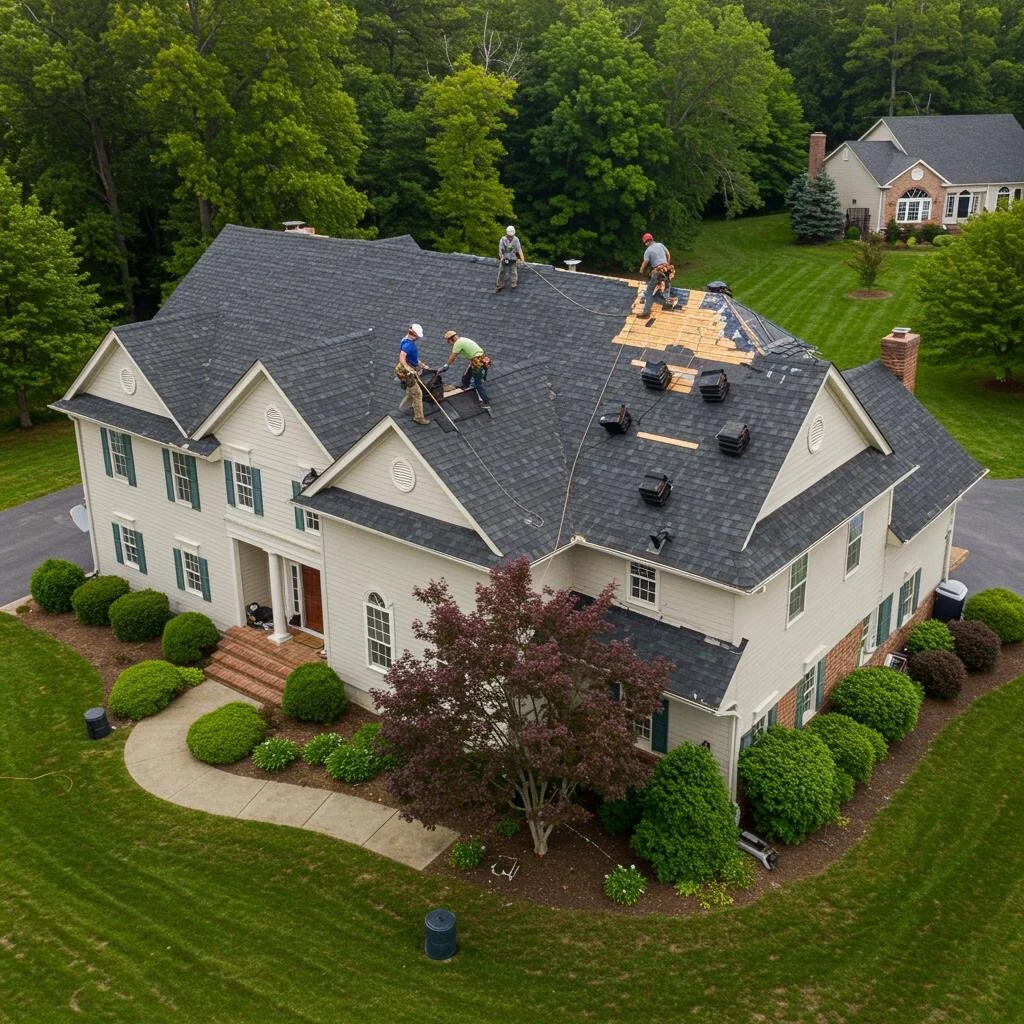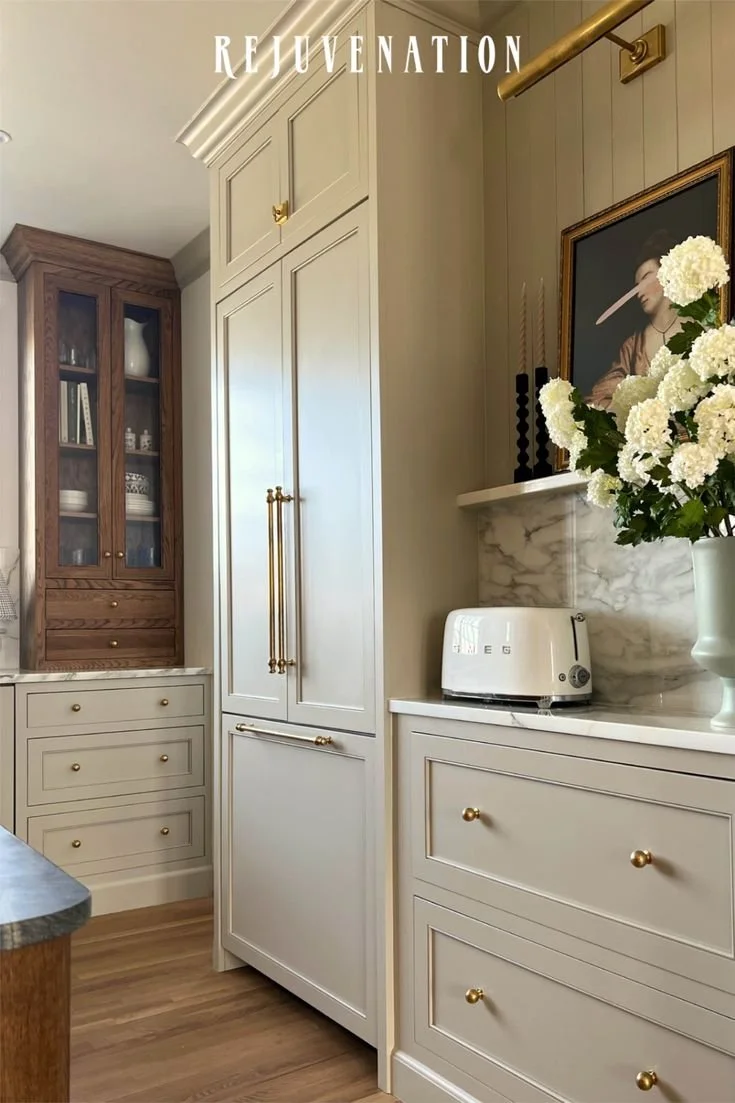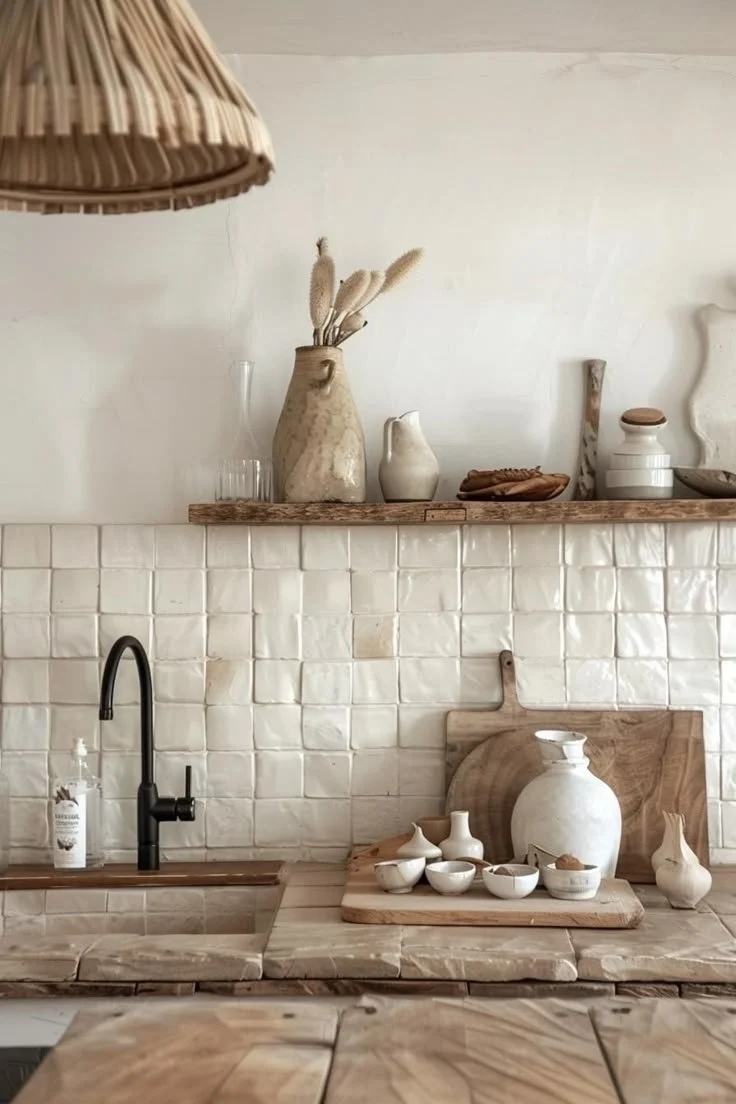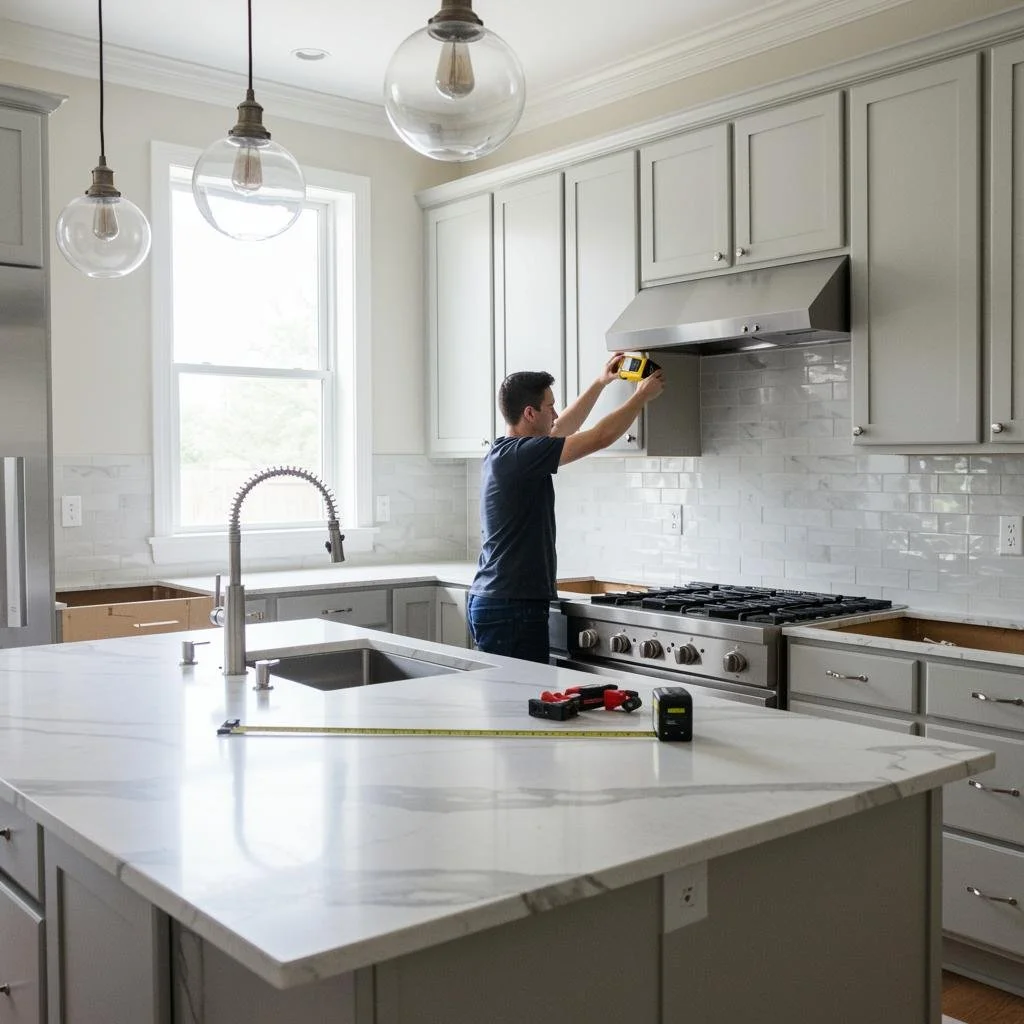Turning A Wrench For Good: The Impact Of Charity Plumbing
When you grab a wrench, you're not just tackling home repairs; you're making a difference in your community. Turn your repair skills into benevolent action with charity plumbing.
Your plumbing know-how can aid those less fortunate, helping them maintain essential living conditions. By participating in charity plumbing, you're ensuring that everyone has access to clean and safe water for their everyday needs.
Dan's Plumbing fundraiser is an opportunity to contribute to this valuable cause, turning every twist of your wrench into invaluable support for those who need it most. In this article, we share a variety of helpful tips and essential plumbing safety and best practices designed to ensure you are thoroughly prepared for the job ahead.
No. 1
Essential Plumbing Tools
Having dependable tools on hand prepares you to handle a broken pipe or a mysterious leak.
This foundation truly begins with essential plumbing equipment:
Adjustable Pliers: These clamp various pipe sizes and replace many other pliers, delivering a secure grip without slipping.
Adjustable Wrench: Fits different nuts and bolts, combining multiple wrenches into one convenient and reliable solution.
Automatic Cordless Drain Auger: Tackles stubborn clogs quickly. Its flexible shaft navigates bends, reducing hassle for deeper or more intricate blockages.
Basin Wrench: Essential for cramped spaces behind sinks; it tightens or loosens nuts without uncomfortable contortions, making installation easier.
Cartridge Puller: Simplifies faucet repairs by removing worn cartridges. This specialized tool saves time and prevents damage during routine maintenance.
Hacksaw: Cuts through plastic and metal pipes with precision, making it a versatile choice for on-the-spot adjustments in professional and DIY projects.
Press Fitting Systems: Allow watertight pipe connections quickly, reducing installation time and minimizing soldering risks.
Thread Sealing Tape: Helps prevent leaks on pipe threads. When wrapped correctly, it increases durability, making pipe connections less prone to drips or seepage.
Stocking these tools sets you up for success when unexpected issues arise. For more detailed guidance, explore tips on advanced equipment.
No. 2
Pipe Wrench Safety
Using a pipe wrench properly keeps you safe when tightening or loosening pipes. Observing simple methods and precautions can prevent serious injuries and damage to plumbing.
Wear Protective Gear: Goggles or a face shield protect against flying debris, and sturdy gloves keep hands covered to avoid abrasions or bruises.
Choose the Right Wrench: Selecting a wrench that matches the pipe size ensures better leverage. Always use the appropriate tool for each specific task.
Proper Handling: Face the wrench forward to maximize grip. Always pull the handle instead of pushing, maintaining a steady footing for balanced control.
Maintenance Tips: Regularly inspect for cracks on the handle or worn teeth. Always replace damaged parts promptly to guarantee consistent, safe performance.
Following these guidelines reduces the risk of injury and broken tools. Keep pipe wrench usage straightforward, and you can handle tough plumbing challenges.
Avoid Overextending: Never chain two pipe wrenches for extra length. Always choose a larger wrench if more leverage is truly needed.
Safe pipe wrench practices keep stress off your body and minimize major accidental slips. Simple habits often avert costly repairs in homes or community projects.
No. 3
Plumber's Tape Advice
Applying plumber's tape properly can resolve small dripping issues before they escalate. Careful wrapping keeps connections sealed and safeguards your home from significant water damage.
Clean the Threads: Remove dirt or debris before starting every taping job to ensure better adhesion.
Wrap Clockwise: This ensures the tape follows the thread direction, keeping your layers intact during final tightening.
Overlap Slightly: Layer about half the tape's width, creating a tighter seal against leaks.
Smooth the Tape: After wrapping, press it in firmly with your fingertips to maintain alignment and stop unraveling during assembly.
Avoid Overwrapping: Thick layers can obstruct proper threading, so moderate coverage typically delivers a dependable, leak-resistant fit.
Do Not Reuse Old Tape: If fixing a leak, strip any worn material, clean thoroughly, and then apply a fresh layer for the best results.
Proper tape application saves time and prevents minor dripping from spiraling out of control. This extra care makes daily routines simpler and safer.
Rejuvenation
Elevate your space with Rejuvenation's timeless bathroom plumbing fixtures – where style meets functionality.
No. 4
Avoid Scratching Fixtures
Whether installing a new faucet or adjusting an existing shower head, scratch-free surfaces preserve vital visual appeal. Simple methods can shield your fixtures from unnecessary harm.
Strap Wrench Usage: Opt for a strap wrench rather than gripping tools with teeth. The flexible strap prevents dents on polished metal surfaces.
Basin and Crescent Wrenches: A basin wrench reaches behind sinks without scraping, while a crescent wrench adjusts smoothly, minimizing damage to decorative finishes on fixtures.
Avoid Over Tightening: Applying just enough pressure prevents cracks in faucets. A gentle approach stops fixtures from deforming, safeguarding their original appearance.
Protective Covers: Shields like cloth or plastic reduce accidental scuffs during renovations. Secure them with tape, especially when handling large-scale home improvements.
Routine care also matters. Checking for rust or minor discoloration early prevents deeper harm. Well-kept fixtures remain beautiful and functional for many years to come.
No. 5
Kitchen, Bath, and Laundry Tips
Managing water usage in kitchens, baths, and laundry rooms preserves resources and extends appliance lifespans. Simple steps keep plumbing systems functioning reliably year-round.
Inspect washer hoses regularly - Swap older rubber hoses for braided, stainless steel ones to prevent potential bursts and costly damage.
Clean drain traps under sink basins - Removing debris before it accumulates stops foul odors and blockages.
Use strainers to catch hair in tubs or kitchens - This simple measure helps reduce clogs and saves time on messy cleanups.
Avoid chemical cleaners that can corrode pipes and harm the environment - Natural methods, like baking soda and vinegar, are safer alternatives.
Check fixture seals around sinks, showers, and bathtubs - This ensures watertight connections and prevents drips that lead to mold or structural concerns.
Run full loads in washing machines and dishwashers - This strategy maximizes efficiency, conserves water, and prolongs the life of vital appliances.
Maintaining healthy routines in these areas supports the broader plumbing system. A little foresight goes a long way toward protecting homes from unexpected troubles.
No. 6
Stop Pipe Deformation
Excessive heat or pressure can warp pipes, leading to costly replacements. Preventing deformation keeps water flow steady and significantly extends the overall life of installations.
Proper Support: Using hangers or brackets at regular intervals keeps pipes aligned, combating sagging in long extended horizontal runs.
Monitor Temperature: Extremely hot water can soften certain materials. Installing insulation or regulating water temperature significantly reduces warping and premature pipe failure.
Foundation Shifts: When foundations move, pipes can crack or bend. Checking for leaks after major shifts helps address hidden structural threats quickly.
Protective Coatings: Foam or styrofoam around exterior lines buffers against extreme temperatures. Sealing any tears ensures pipes remain secure under changing conditions.
Taking precautions against pipe warping goes a long way toward reliable water flow. Thoughtful assembly, careful maintenance, and regular inspections keep costly surprises at bay.
No. 7
Making a Difference
Plumbing skills can truly help communities thrive. By offering charitable services or donating time, you can turn wrenches for the greater good and foster meaningful change.
Volunteering Locally: Community centers, shelters, or nonprofit projects often need plumbing upgrades. Offering your time and expertise provides vital relief for budget-constrained programs.
Empowering Through Education: Teaching simple repairs can help families save money. Workshops or tutorials equip people with the knowledge to handle minor leaks confidently.
Spreading Awareness: Sharing plumbing tips online raises awareness of proper upkeep. Blogs, videos, and social media posts spark conversations about preventive measures.
Partnering with Charitable Initiatives: Collaborate with dedicated organizations to expand outreach further. Explore local charities like Charity Plumbing for potential partnership opportunities.
Some individuals share inspiring stories through social media groups. These personal accounts often motivate neighbors to volunteer or donate supplies.
Supporting these efforts helps entire neighborhoods flourish. With the right knowledge and a generous spirit, anyone can spark positive change and contribute to lasting improvements.
Takeaways: Empower Through Plumbing
Take your plumbing skills to the next level. Safeguard your appliances, avoid common plumbing mistakes, and most importantly, use your knowledge for a good cause. Visit Dan's Plumbing Guide to learn more and make a real difference in someone's life today.
Looking For Home Resources?
Looking to enhance your living space and create a sanctuary that supports your well-being? Explore our home partners who offer a wide range of resources to elevate your home environment.































